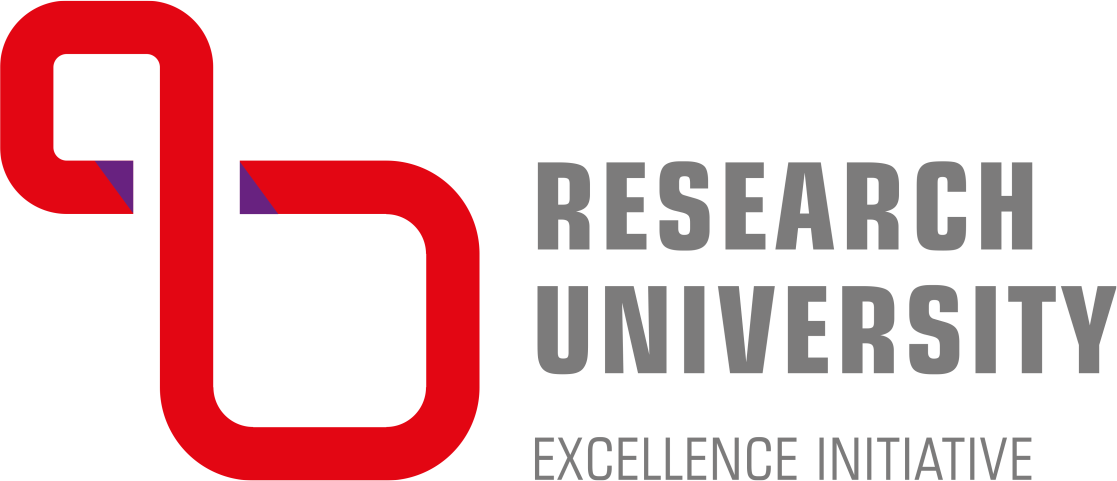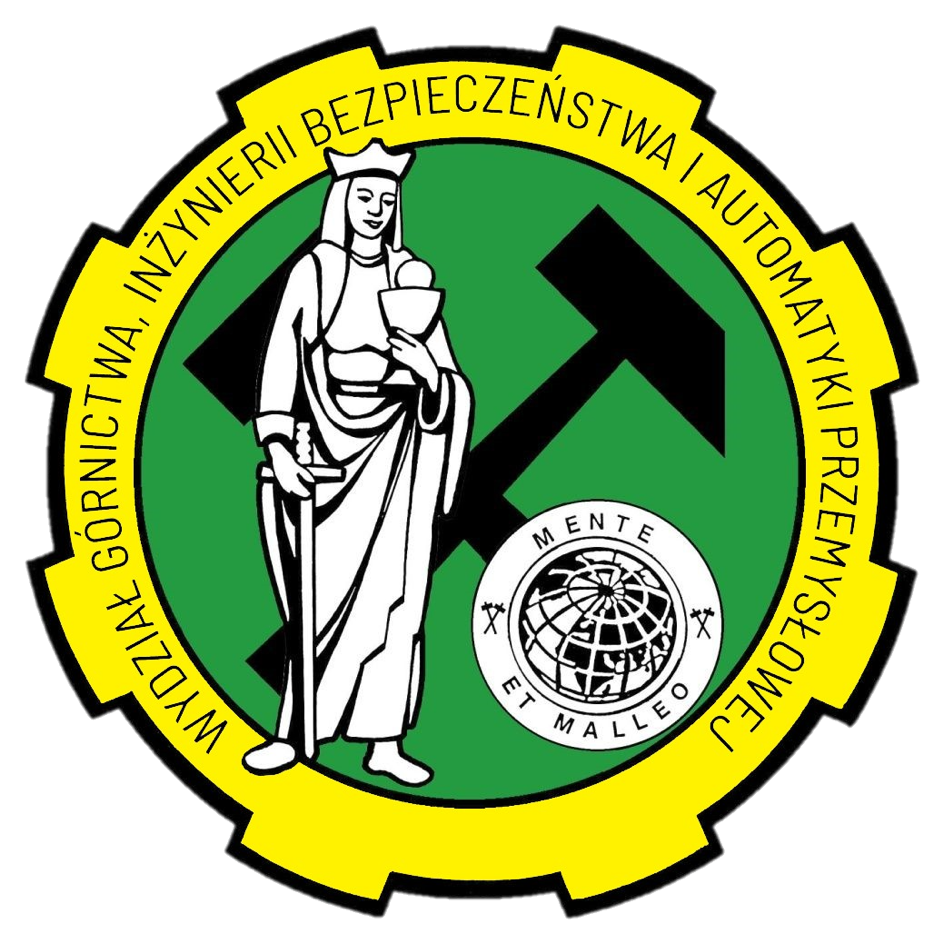Research areas
Employees of the Department of Mining, Safety Engineering, and Industrial Automation conduct scientific research in a wide range of knowledge. The results of scientific and research work are published in international journals and monographs. The distinguished research areas, broken down into departments, include:


The work of employees of the Department of Electrical Engineering and Automation in Industry includes the following research areas:
- automatic regulation of mineral enrichment processes,
- electric drive automation,
- measurements, digital and analog signal processing,
- the application of fuzzy sets and other AI methods in modeling and automatic control,
- modelling and automatic control of industrial processes,
- video analysis and diagnostics of technological processes,
- design of telecommunications networks,
- propagation of radio waves and wireless networks in the underground mines of ores and coal
- safety systems in the industry,
- electrical safety issues in electricity networks,
- design and testing of electricity security.

The Department of Safety Engineering conducts scientific research on the following topics:
- accident studies in production companies, particularly mining companies,
- testing of natural deaths in the workplace,
- assessment of the climate safety of miners in the wall and corridor faces,
- designing occupational health and safety management systems,
- assessment and control of occupational risks in the workplace,
- management of human resources in the field of health and safety at work,
- research of safety culture in Polish mining companies,
- legal aspects of occupational health and safety management,
- audit programmes in the field of health and safety at work,
- identification of critical infrastructure in industrial areas.

The Department of Mining Mechanization and Robotisation conducts scientific research on the following topics:
- forecasting and diagnosing the operating conditions of engineering machines
- using theoretical models and technical diagnostic methods,
- the application of manufacturing technologies in machine building using CAD/CAM/CAQ techniques,
- engineering machinery and technological systems and simulation studies of machine components using MES,
- selection of machinery and means of transport in engineering, construction, and road works, as well as in transport and mining works,
- creating dynamic machine models and computer simulations to verify machine and equipment design,
- tribological phenomena and optimization of the selection of materials for tribological nodes in engineering machines and research of fatigue and cracking strength of structural materials,
- use of the engineering machine dynamics study procedure in the research and design process, and the computer simulation of motion,
- optimization of the design and movement parameters of the coal cutting parts and the knife system of engineering machines,
- laboratory tests for rock cutting in terms of load and energy,
- testing the durability of drive unit components and work machine design nodes, especially high-power gears and couplings.
 In the Department of Applied Geology, the works are carried out among others in the field of:
In the Department of Applied Geology, the works are carried out among others in the field of:
- chemical, mineralogical and petrographic studies of solid minerals and industrial waste with a view to their economic use and an assessment of their environmental impact,
- geochemical aspects of environmental protection, including the study of trace elements for their environmental impact and recovery capabilities,
- geological acid sequestration, mining fracking and reaction modelling in water-rock-gas geochemical systems,
- geological and engineering studies to document ground-water conditions for cubature and linear objects, spatial planning and the suitability for and possibility of revitalisation of degraded and postindustrial sites,
- hydrogeology and hydrology for the analysis of hydrogeological conditions, assessment of the hydrogeological consequences of cessation (system change) of drainage of decommissioned coal mines and determination of flood risk in mining areas,
- petrology of coal, organic matter, and carbon processing products,
- valorisation and management of mining landfills.
 The Department of Geoengineering and raw materials extraction, research is carried out in the field of:
The Department of Geoengineering and raw materials extraction, research is carried out in the field of:
- surface protection in mining areas,
- ventilation and air conditioning of mines, tunnels, and other underground structures,
- combating fires and explosions in mines, tunnels, and underground structures,
- safety of work and rescue in mining plants,
- the operation of the deposits under the conditions of rockburst; the forecasting and assessment of this danger
- computer methods for forecasting the impact of mining operations on rock-mass, the surface of the site and buildings, improving the methodology of measurements and surveying calculations related to the protection of surfaces and objects from the effects of mining operations,
- the use of modern surveying equipment in the field of basic work in the surface and mining surveying,
- developing numerical technology for mapping and spatial models of deposits, as well as spatial information systems,
- issues related to the pipeline hydro-transport of granular materials,
- reclamation of mining sites,
- technologies for the treatment of contaminated groundwater and wastewater from landfills,
- the recovery of metals from waste electronic and electrical equipment following the principle of the circular economy.
 The Department of Geoengineering and raw materials extraction is conducting scientific research covering the following topics:
The Department of Geoengineering and raw materials extraction is conducting scientific research covering the following topics:
- Assessment of the environmental impact of mining plants' activities, forecasting deformations caused by underground mining operations, design of underground exploitation of deposits taking into account the minimisation of its environmental impact.
- Identification of environmental risks associated with active and decommissioned mining facilities. Assessment of the suitability of mining sites for development.
- Rock and rock-mass mechanics – the study of the properties of rocks and rock-masses, study of stress and deformation in the mountainous surroundings of underground structures.
- The use of advanced numerical methods to analyse the state of mining deformation and underground objects affected by mining activities.
- Materials science and diagnostics of underground structures – selection of construction and filling materials, diagnostic tests of structures, and determination of their technical wear and safety status.
- Design, construction, and maintenance of underground structures, including and taking into account the variability of the conditions of cooperation of the framework and the rock-mass – structures of underground frameworks, selection of the framework for specific natural and technical and technological conditions, innovative trenchless technologies, reinforcement of the rock-mass, etc.
- The revitalisation of underground buildings, including those of historic nature.









